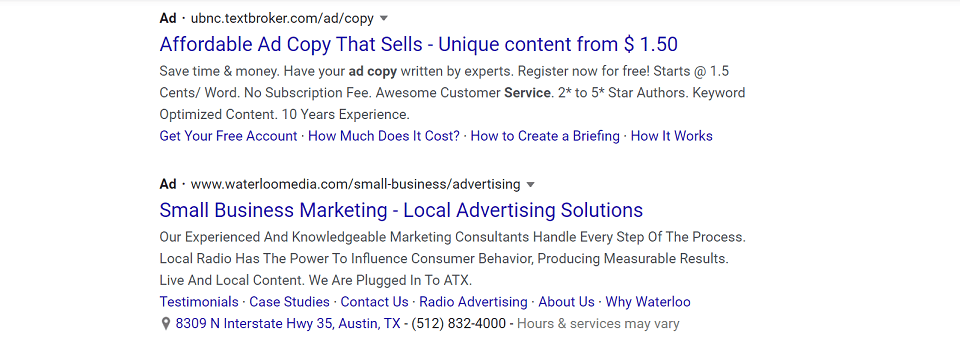We all keep hearing it: AI is transforming marketing.
But inside your team, it’s not excitement. It’s overwhelm.
Too many tools. Too much jargon. Too little time.
If you lead marketing at a mid-sized company, you’re in a unique spot. You’re expected to innovate, but you can’t throw people at the problem like an enterprise.
This post shows you how to build real AI capability, without creating chaos or killing morale.
The Problem Isn’t the Technology. It’s the Disconnect.
Your team doesn’t hate AI.
- They hate not knowing where to start
- They hate feeling behind
- They hate the pressure to “use AI” without a plan
Before you roll out another tool, stop and assess where the confusion starts.
Ask:
- Do we know what problems we’re solving with AI?
- Do we understand what the tools actually do?
- Do we have the bandwidth to test and learn?
No one resists progress. They resist being rushed into it.
Step 1: Pick One Use Case. Make It Real.
You don’t need a full AI roadmap on day one.
You need one win. That’s it. Show the value first.
Start with something like one of these:
- Use AI to rewrite ad headlines for A/B testing
- Summarize long research with AI before building strategy decks
- Build a smart prompt template for customer review responses
Make it hands-on. Give someone ownership.
Let them come back and teach the rest of the team what they found.
Success spreads when people see the value themselves.
Step 2: Build AI Champions, Not AI Pressure
Don’t shove a new system on the whole team at once.
Find your naturally curious players—the ones who love to tinker, test, and share.
Give them time to explore one AI tool deeply.
Encourage them to create:
- A 15-minute “how we use this” demo
- A shared doc of prompts or workflows
- One pilot project the team can learn from
When peers lead the learning, your whole team will lose their resistance and anxiety.
Random Slack threads and tool links are not a training plan.
Make a simple, central spot for:
- Prompt templates
- Tool cheat sheets
- Use case examples
- Results from pilot tests
You can build this in Notion, Google Drive, or anywhere your team already works.
The key is to make AI less abstract and more accessible.
Step 4: Schedule AI Time, Don’t Expect It to Just Happen
Marketing teams are always busy. Learning doesn’t happen by accident.
Block out time for it.
Try new rituals like the following:
- A monthly “AI Use & Share” team huddle
- Weekly 30-minute self-paced slots for testing tools
- A standing challenge like “test one new prompt each week”
When AI training is part of the work—not extra homework—you’ll see faster adoption.
Step 5: Celebrate What Works, Skip What Doesn’t
Not every tool will click. That’s fine.
Track important metrics such as:
- Time saved
- Ideas generated
- Campaign lift
- Employee confidence
Celebrate small wins. Share results broadly.
Kill the tools that confuse the team or just cause more clutter.
This isn’t about checking a box. It’s about building new capabilities that stick.
Build Skills First. The Strategy Will Follow.
AI isn’t a one-time install. It’s a muscle your team needs to develop over time.
- Focus on hands-on learning
- Enable your early adopters
- Make it practical
- Make it visible
- And make it part of your culture, not just a trend
That’s how you turn AI overwhelm into action.
Want a faster path to AI readiness for your team?
Get your own copy of HAIF: the Human-AI Framework designed to upskill marketers fast, without losing the human touch.
Tommy Landry
Latest posts by Tommy Landry (see all)
- How AI Is Changing eCommerce SEO and Product Discoverability - November 20, 2025
- Social Signals and SEO: Why Engagement Still Matters in the AI Era - November 18, 2025
- SEO for Wineries: How to Attract Visitors and Boost Wine Sales - November 11, 2025





